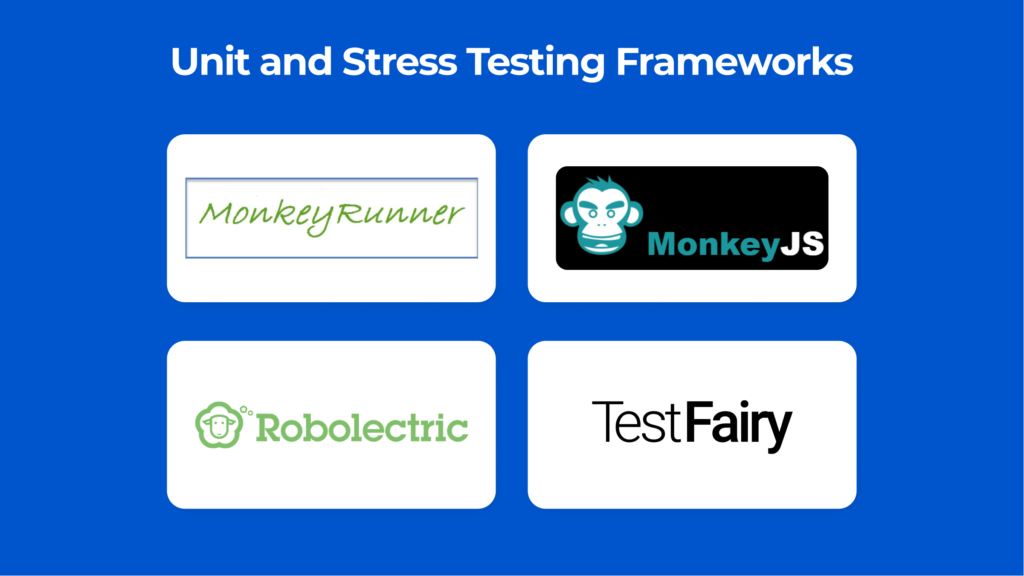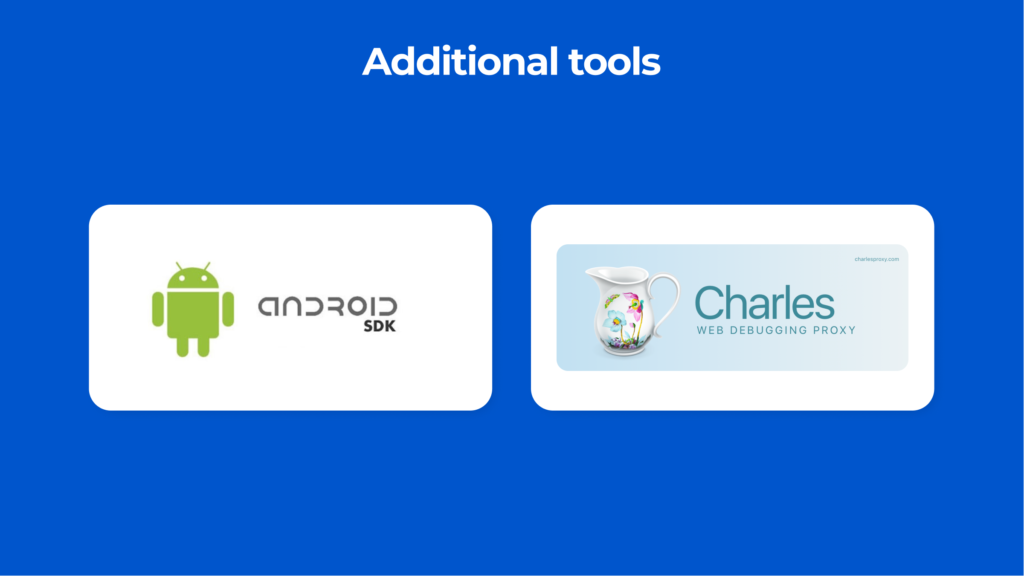10 Best Frameworks for Testing Android Apps
Testing the functionality of the developed application is an integral part of the development of any software product. This is necessary in order to identify possible errors and make sure that the implemented functionality works as intended. In the process of testing software, various frameworks are used, and each platform has its own favorites. In this article, we will talk about the best frameworks for testing Android applications which every Android app development company should use. So, without further ado, let’s get started.
Frameworks for Automated UI Testing
So, we would like to start with frameworks for testing the UI part of Android applications. It is extremely important to test the functionality of the user interface in order to make sure that all interactive and animated elements work properly.
Appium
This framework is one of the most popular tools when it comes to testing the user interface of an Android app. It has earned such popularity due to its free and open-source code, which allows you to tweak any needs of developers. In addition, it supports a large number of programming languages from Java to Python. Appium also allows you to test many types of different mobile applications. This includes native, hybrid, and mobile Internet. Finally, Appium supports testing on real devices, simulators, and emulators.
Robotium
This interface testing tool has been helping Android developers around the world since 2010. Android development specialists love it for its versatility and speed of test readability. Robotium makes its tests more robust by using runtime binding to UI components. Java is the language of choice for this framework, with which developers can write functional tests and acceptance test scripts with a wide scope. In addition, it is possible to create automatic GUI tests.
Calabash
This is another open-source automated testing framework that can be used for both testing native and hybrid applications. Calabash has support for many languages, including Java, Flex, Ruby, and .NET. In addition, this framework has the feature of creating uninterrupted tests to test applications in real-time. If you are completely new to application testing Cucumber Automation lets you write tests in simple English.
Selendroid
This test automation framework is somewhat different from the previous ones, as it uses Android Native. Also used by WebView for Android driver. Using Selendroid, developers can also run parallel test cases across multiple devices. It contains an Inspector tool that can analyze the user interface elements of the application under test. Unlike other frameworks such as Appium, Selendroid can find UI elements for older versions of Android as well, starting with Android 4.4 KitKat.
Android Unit and Stress Testing Automation Frameworks

So, it’s time to talk about unit tests and what frameworks are used on the Android platform to conduct them.
MonkeyRunner
MonkeyRunner is a complete testing tool for the Android platform that provides developers with APIs to write software or emulators that control Android devices. This testing tool has great flexibility with the ability to customize it for use in other types of automated Android application testing. All thanks to the freedom that gives the ability to write test scripts for each device separately.
Monkey
We decided to add this framework to the list due to its unusualness. This stress testing tool got such a funny name for a reason. Monkey for Android emulates the behavior of a monkey (or child) picking up your phone and then randomly pressing all the buttons and doing random swipes. A huge plus of this toolset is that developers don’t need source code for this testing. They just need to install the application on the device or emulator.
Roboelectric
Next on our list is Roboelectric which is a pretty handy testing tool that allows engineers to run tests against Android apps via the local JVM. Thus, there is no need to wait for the APK to run and install. They just need to press the start button and the JVM will quickly scroll through all the tests. In addition, a huge plus is the presence of a built-in Android environment emulator with access to all the main functions. This framework is relatively new, which positively affects the speed of its development. It constantly receives updates that bring new useful features. It is mainly used for testing business logic, data storage and processing.
TestFairy
We just couldn’t help but mention this great framework which is perfect for beta testing Android apps. A huge advantage of the framework is its simplicity and the fact that the developer can independently test the written application with it. Also, the programmer simply uploads the APK to the system, which sends beta test invitations to ordinary users to create test campaigns. In addition, TestFairy can collect information necessary for testing such as device metrics, CPU data, memory data, GPS, network resource usage, phone signal strength, and much more. The icing on the cake is the ability to record tests on video for their subsequent analysis and error detection.
Additional Android Testing Tools You Should Look For

In addition to the main frameworks, there are several additional tools that can be used to test Android applications.
Android SDK
This Android application development tool can also be used as a way to test a software product. Inside it there is a module called. Android Debug Bridge (ADB). The developer can work with the device, whether it is a connected device or an emulator, and at the same time, it is possible to work with several devices at the same time. The ADB tool uses the LogCat function, which reads log messages sent in various ways. This helps developers quickly find bugs and send Android applications for revision.
Charles Debugging Proxy
If your application works with the Internet and web pages, then you simply need this tool. It is needed to monitor HTTP/HTTPS traffic. It works as a proxy server between the mobile application and its application server. In addition, developers can monitor and analyze traffic between the server and the Android application. And all this is wrapped in a high-performance shell with a fairly wide range of features.
Wrapping Up
Testing is an extremely important process in the development of any software product, and Android applications are no exception. The success of a software product depends on its quality, and the testing phase is exactly what is needed to ensure quality. Therefore, the use of the latest techniques, tools and testing frameworks is necessary if you want to get a bug-free product.
Author’s bio
Vitaly Kuprenko is a writer for Cleveroad. It’s a web and mobile app development company with headquarters in Ukraine. He enjoys writing about technology and digital marketing.
See Also: Why Use Node.Js


